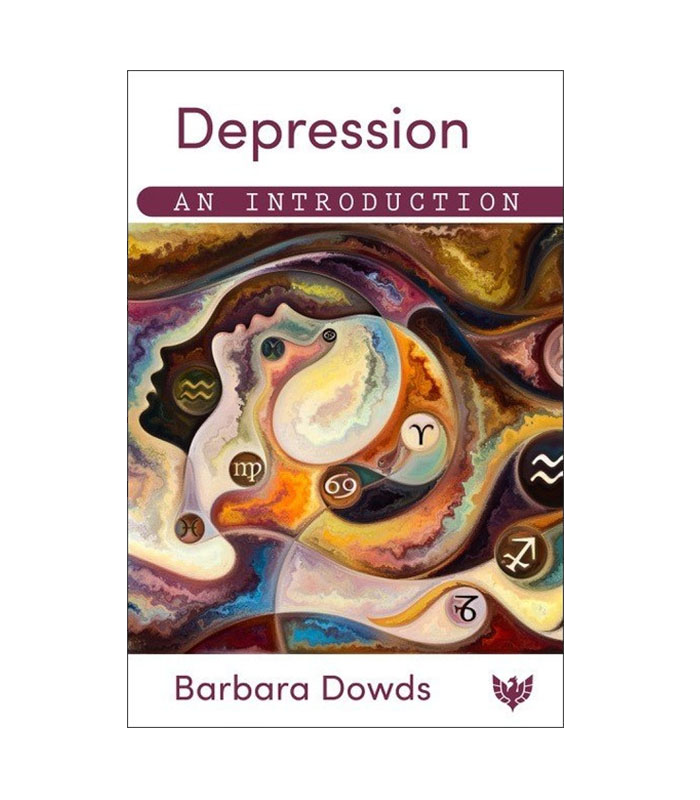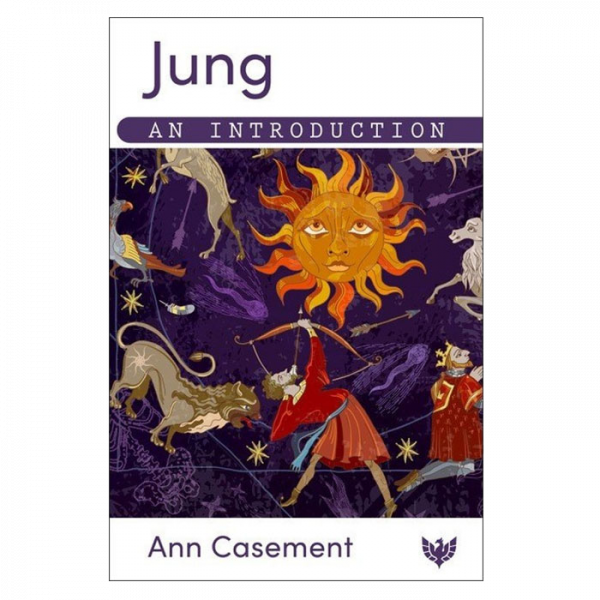This book attempts to do justice to the depth and complexity of depression – as to its causes and its treatment in psychotherapy. It challenges the reductive medical view of depression as a serotonin deficiency resulting in a collection of undesirable symptoms to be dispatched with antidepressants or CBT exercises. Rather, it locates the origins of depression in childhood adversity, primarily caused by unattuned, cold, critical, hostile or abusive caregiving. Insecure attachment interacts with other elements of a stressful life history as well as with genetic makeup to pave the way for depression. Such a childhood has long-term impacts on the setting of the stress and threat responses of the nervous system.
Depression fundamentally indicates a weak and non-resilient sense of self, coupled with limited capacities for trust and either autonomy or intimacy in relationships. These are the issues that must be tackled in psychotherapy. Since depression carries a message for the sufferer, it must be investigated for its meaning. Why has the individual withdrawn from life and what are they being asked to change in how they live and relate?
Before this reparative and creative phase of therapy can begin, however, we must remember that depression is not just ‘low’ mood but also ‘stuck’ mood. Rigid beliefs and processes that block therapeutic engagement can be gently questioned by helping the client see that they are held by only one part of the self, whereas other ‘for growth’ parts carry hope and a willingness to play and explore. Overall, it is crucial in working with depression to see and to relate to the client as a whole person; not simply a bundle of cognitive shortcomings to be corrected, but as an emotional, organismic, relational, existential and spiritual being.
Depression: An Introduction presents a biopsychosocial model, combining developmental and attachment perspectives with genetics and neurobiology. Its therapeutic orientation is humanistic and integrative but has much to offer anyone wanting to know more about this widely known but little understood condition.




 Barbara Dowds is a humanistic and integrative psychotherapist, supervisor and trainer, and lives near Dublin. She is author of Beyond the Frustrated Self (Karnac, 2014) and Depression and the Erosion of the Self in Late Modernity (Routledge, 2018), and contributed to The Divided Therapist (Ed. R. Tweedy, 2020). In a previous life, she was a university lecturer and researcher in molecular biology.
Barbara Dowds is a humanistic and integrative psychotherapist, supervisor and trainer, and lives near Dublin. She is author of Beyond the Frustrated Self (Karnac, 2014) and Depression and the Erosion of the Self in Late Modernity (Routledge, 2018), and contributed to The Divided Therapist (Ed. R. Tweedy, 2020). In a previous life, she was a university lecturer and researcher in molecular biology.
From the Foreword by Roz Carroll (co-editor with Jane Ryan of ‘What is Normal? Psychotherapists Explore the Question’) –
‘The plainness of [the] title belies the freshness, rigour and creative synthesis of up-to-date thinking in the book. Both broad and deep in perspective … Dowds does justice to the complexity of depression. … This is a truly fascinating read and will be of great interest to anyone who really wants to understand what depression is’
Isobel Todd, psychodynamic counsellor, SCAP no. 141 (Summer 2021) sussex-counselling.co.uk –
‘The most helpful book I’ve ever read about understanding and working with depression … skimps on neither scope nor substance. Dowds covers everything from evolutionary theories of depression to the impacts of globalisation and social media, taking in epigenetics and economic status, gender and gut flora. She conveys a strong sense of the emotional, cognitive, somatic, existential and relational qualities of depression, and shares many practical ways of engaging with its different dimensions. And she still finds space to recurrently sound, and deepen, her key developmental themes.’
Pauline Macey, MIACP, IJCP Vol. 21 Issue 3 (Autumn 2021) –
‘The focus on depression as an immediate and common experience that is on the increase (while being hard to work with), marks this book out as essential reading not just for therapists and trainees, but for anyone interested in deepening and expanding their knowledge and awareness of the impact of depression, its evolution and manifestation within the context of contemporary society.’
Eleanor Dunn IAHAP, ‘Inside Out’ Issue 95 (Autumn 2021) –
‘well worth reading for anyone who wants to reacquaint themselves with the theory and practice in relation to depression and also those who may want pointers as to how to keep up to date with the latest thinking in the field.’